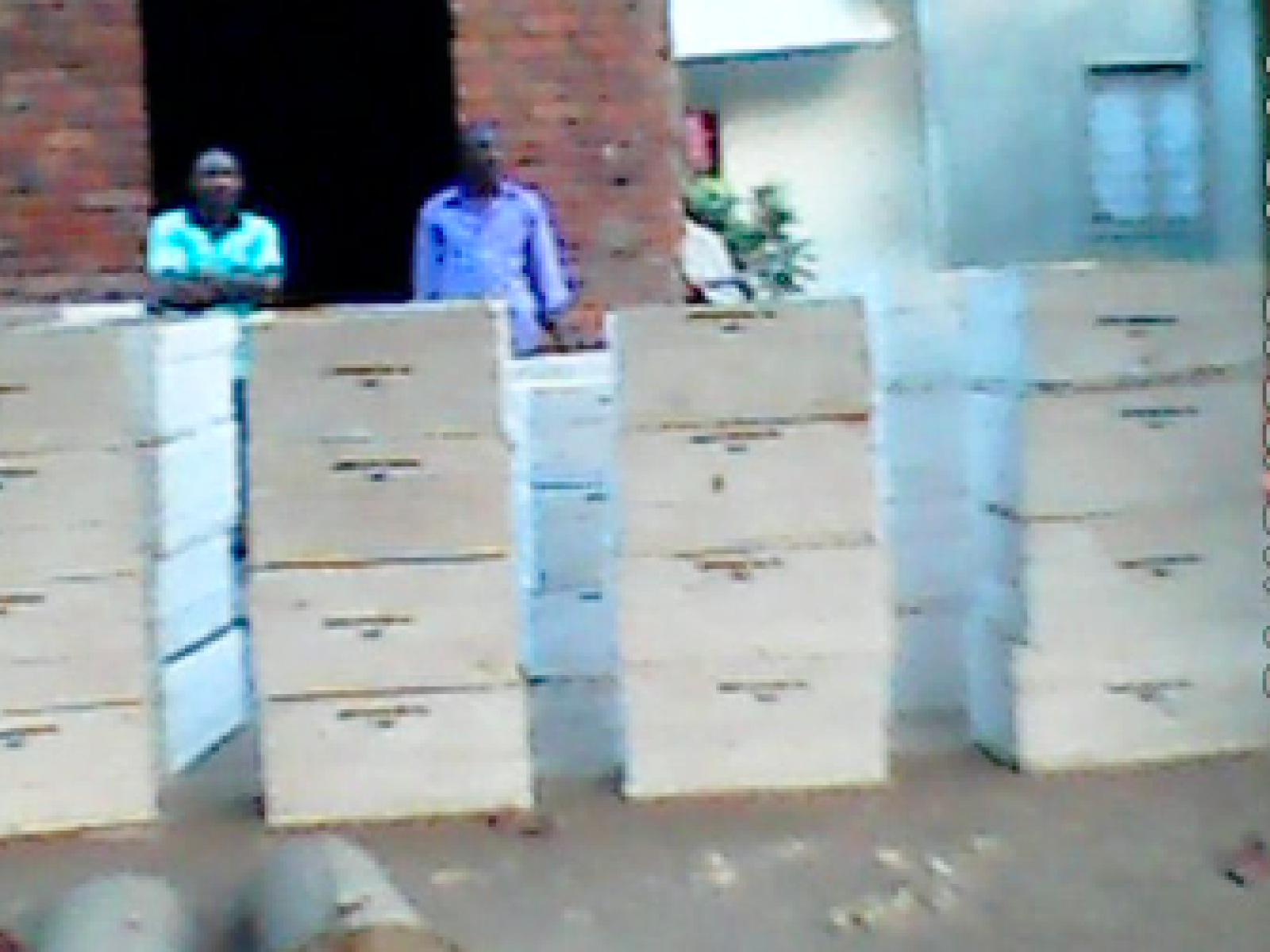An Overview Of Our Solution
- Population Impacted:
- Continent:
Organization type
Population impacted
Size of agricultural area
Production quantity
People employed
Describe your solution
Describe your implementation
External connections
What is the environmental or ecological challenge you are targeting with your solution?
Describe the context in which you are operating
We have been supporting the communities in income raising activities such as beekeeping by supplying 175 beehives to 5 villages in Chisano, Mgugwe ,Lufulu, Kidete and Mngeta respectively. Also, building their capacities (village leaders and Beekeeping groups) on modern bee keeping technologies and sustainable utilization and/or conservation of Natural resources. The technical part i.e. trainings have been conducted by the District Officials
How did you impact natural resource use and greenhouse gas emissions?
Language(s)
Social/Community
Water
Food Security/Nutrition
Economic/Sustainable Development
Climate
Sustainability
The trainings conducted on modern beekeeping practices to Beekeeping groups and initial support of the beehives, suffice to make the community undertake the beekeeping interventions without relying on grants funding. The trainings conducted aimed at Training of Trainers, so the trained farmers can train their cliques/ other community members. Also more technical advices are available from the District Official who experts in Bee sector because the selected villages are in their areas of operations
Return on investment
Entrant Banner Image

